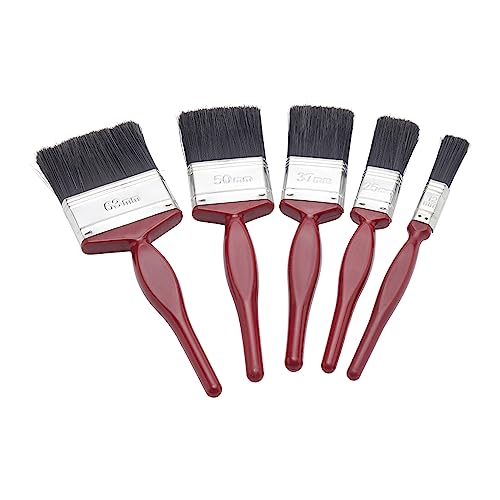The importance of choosing the right paint brush for watercolor painting
Watercolor painting is a delicate and beautiful art form that requires precision and control. One of the key factors that can greatly impact the outcome of a watercolor painting is the type of paint brush used. The right brush can make a significant difference in the application of the paint, the texture achieved, and the overall quality of the painting. In this article, we will explore the different factors to consider when choosing a paint brush for watercolor painting and recommend some of the best brushes available.
Factors to consider when choosing a paint brush for watercolor painting
When selecting a paint brush for watercolor painting, there are several factors to consider:
Brush shape
The shape of the brush determines the type of strokes you can make and the level of detail you can achieve. The most commonly used brush shapes for watercolor painting are:
- Round brush: This brush has a pointed tip and is versatile for creating fine lines, details, and washes.
- Flat brush: This brush has a square-shaped tip and is ideal for creating broad strokes, washes, and even edges.
- Filbert brush: This brush has a rounded tip with flat edges and is useful for blending and creating smooth, rounded shapes.
Brush size
The size of the brush refers to the width of the bristles at the ferrule. It is important to choose the appropriate brush size for the level of detail and coverage you want to achieve. Smaller brushes are ideal for finer details, while larger brushes are better for covering larger areas or creating broad strokes.
Brush material
The material of the brush bristles affects its absorbency, spring, and durability. The most common brush materials for watercolor painting are:
- Sable hair brushes: These brushes are made from the fur of the sable, a type of marten. They are known for their excellent absorbency, fine point, and ability to hold a lot of water.
- Synthetic brushes: These brushes are made from synthetic fibers, such as nylon or polyester. They are more affordable and durable than natural hair brushes, but may not have the same level of absorbency or softness.
- Mixed hair brushes: These brushes are a combination of natural and synthetic fibers, offering a balance between absorbency and durability.
Recommended paint brushes for watercolor painting
Based on these factors, here are some of the best paint brushes available for watercolor painting:
- Winsor & Newton Series 7: These brushes are made from Kolinsky sable hair and are considered some of the finest watercolor brushes available. They have excellent fluid control, spring, and durability.
- Escoda Versatil: These brushes are made from a blend of synthetic fibers that mimic the qualities of natural hair brushes. They offer excellent absorbency, snap, and point retention.
- Da Vinci Maestro: These brushes are made from Kolinsky sable hair and are known for their excellent spring, absorbency, and point. They are a more affordable alternative to Winsor & Newton Series 7 brushes.
- Princeton Velvetouch: These brushes are made from a blend of synthetic fibers that offer excellent absorbency, snap, and durability. They are more affordable than natural hair brushes.
- Rosemary & Co Rhapsody: These brushes are made from a mix of Kolinsky sable hair and synthetic fibers. They offer great water holding capacity, snap, and point retention.
In conclusion, choosing the right paint brush for watercolor painting is crucial for achieving the desired effects and quality in your artwork. Consider the brush shape, size, and material when making your selection. The recommended brushes mentioned above are some of the best options available in the market, but ultimately, the best brush for you will depend on your personal preferences and painting style. Experiment with different brushes to find the one that suits your needs and helps you achieve your artistic vision.






